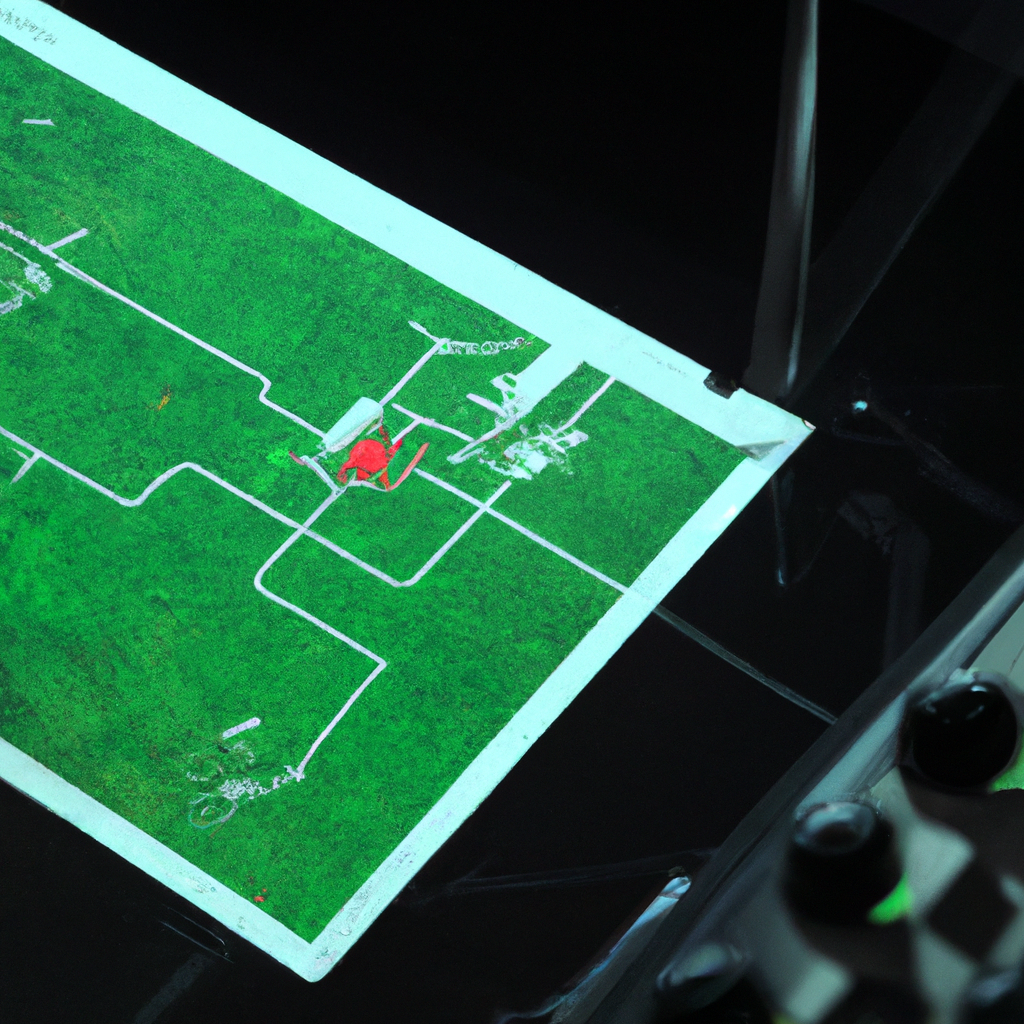Cable television has become a common household service in many parts of the world. It provides access to a vast array of TV channels and programming, from local news to international sports events. But how does a cable TV system work? In this article, we’ll explore the cable TV infrastructure, transmission, broadcasting, and signals, to understand how cable TV technology delivers programming to our screens.
The Cable TV System
A cable TV system is a network of cables that delivers TV programming to subscribers. It consists of three essential components: the headend, the distribution network, and the customer premises equipment (CPE).
Headend
The headend is the central hub of the cable TV network. It receives TV signals from various sources, such as satellite feeds, over-the-air broadcasts, and local studios. The headend processes and encodes these signals into a format suitable for cable transmission, and then distributes them to the distribution network.
Distribution Network
The distribution network is a series of cables that carries the TV signals from the headend to the subscribers’ homes. The network comprises a combination of fiber optic and coaxial cables. Fiber optic cables are used for long-distance transmission, while coaxial cables are used for short-distance transmission within the neighborhoods.
Customer Premises Equipment (CPE)
The CPE is the equipment installed in the subscribers’ homes to receive and decode the TV signals. It consists of a cable modem, a set-top box, and a TV.
Cable TV Transmission
Cable TV transmission refers to the process of sending TV signals from the headend to the subscribers’ homes. The transmission process involves two main steps: modulation and demodulation.
Modulation
Modulation is the process of converting the TV signals into a format suitable for transmission over the cable network. The headend encodes the TV signals into a digital format, which is then modulated onto a radio frequency (RF) carrier signal. The RF carrier signal carries the TV signals along the cable network.
Demodulation
Demodulation is the process of extracting the TV signals from the RF carrier signal. The CPE receives the RF carrier signal and demodulates it to retrieve the TV signals. The set-top box then decodes the TV signals into a format that can be displayed on the TV.
Cable TV Broadcasting
Cable TV broadcasting refers to the process of distributing TV programming to the subscribers. The cable TV system offers a wide range of programming, including local news, sports, movies, and TV shows. The programming is delivered to the subscribers through various channels, each dedicated to a specific type of content.
Cable TV Signals
Cable TV signals are the electrical signals that carry the TV programming along the cable network. The signals are transmitted in a digital format, which allows for a higher quality of programming and more efficient use of the cable network. Cable TV signals are susceptible to signal degradation, which can result in poor picture quality or loss of signal. Signal degradation can be caused by various factors, such as interference from other electronic devices or damage to the cable network.
Cable TV Channels
Cable TV channels are the individual streams of programming that are delivered to the subscribers. Each channel is dedicated to a specific type of content, such as news, sports, movies, or TV shows. The cable TV system offers a wide range of channels, from local programming to international networks.
Conclusion
In conclusion, cable television is a complex system that involves various components and processes to deliver programming to our screens. The cable TV infrastructure, transmission, broadcasting, and signals work together to provide subscribers with a vast array of programming options. Understanding how cable TV technology works can help us appreciate the convenience and entertainment it provides.







